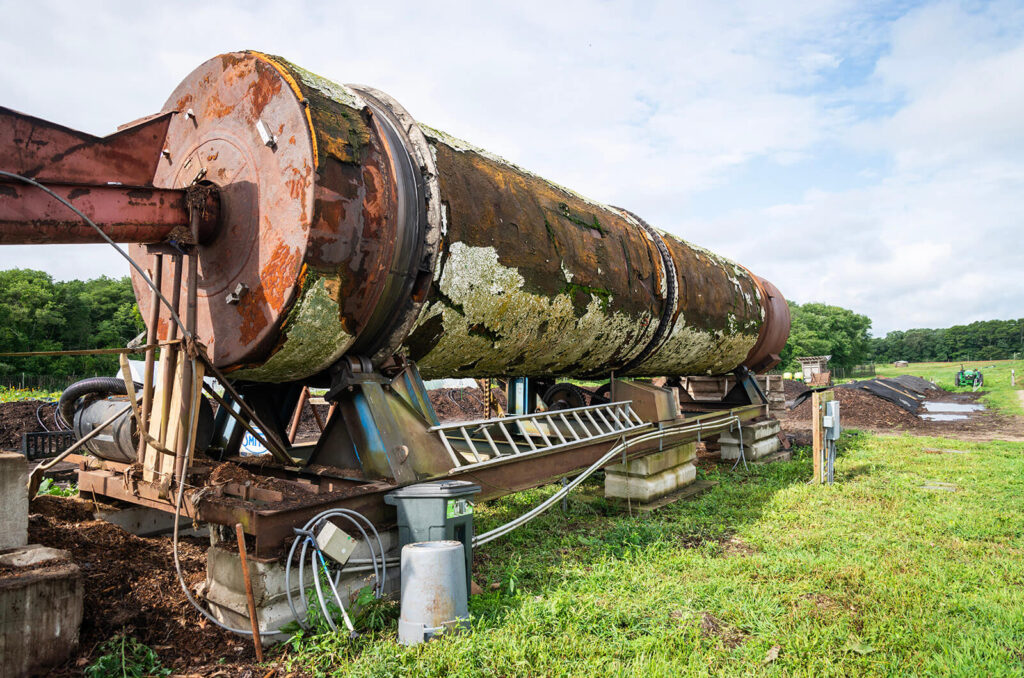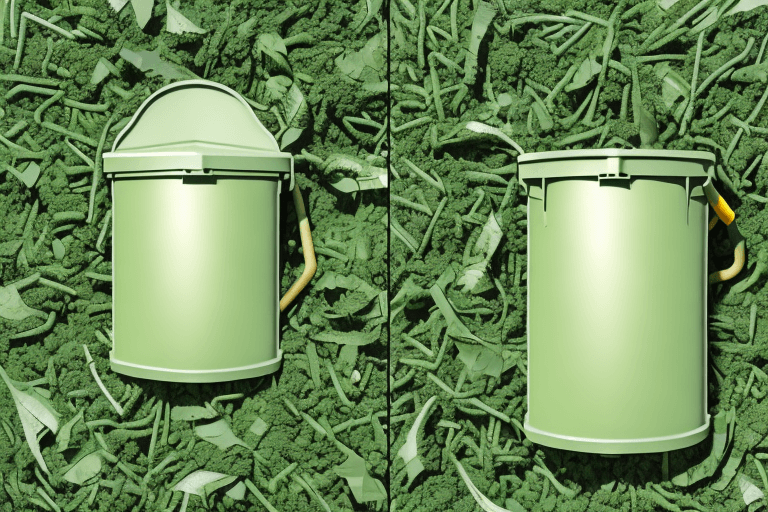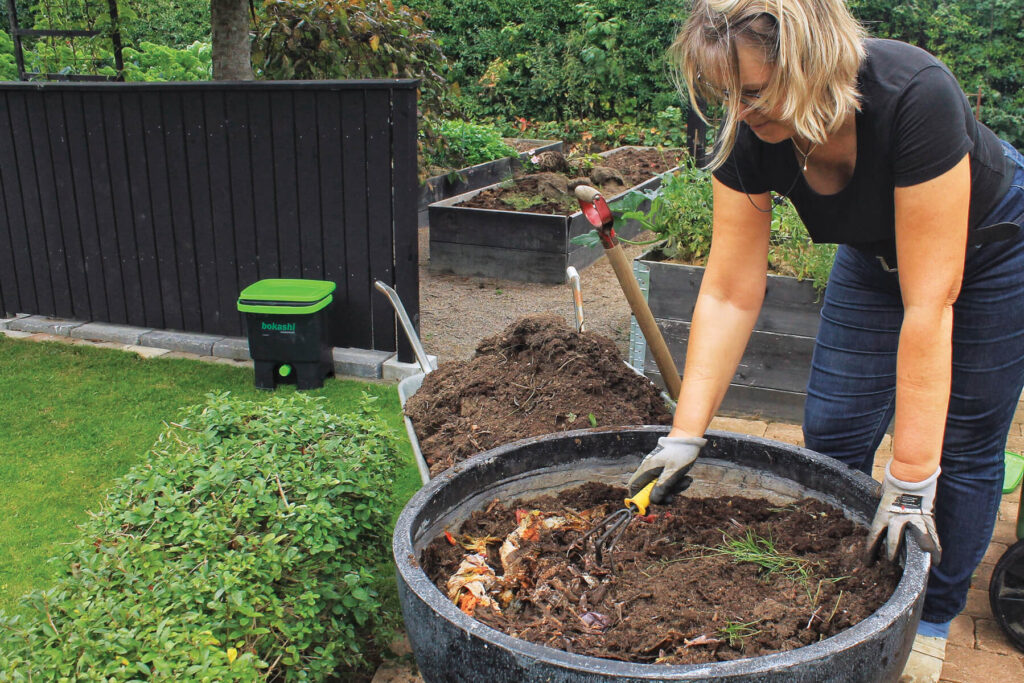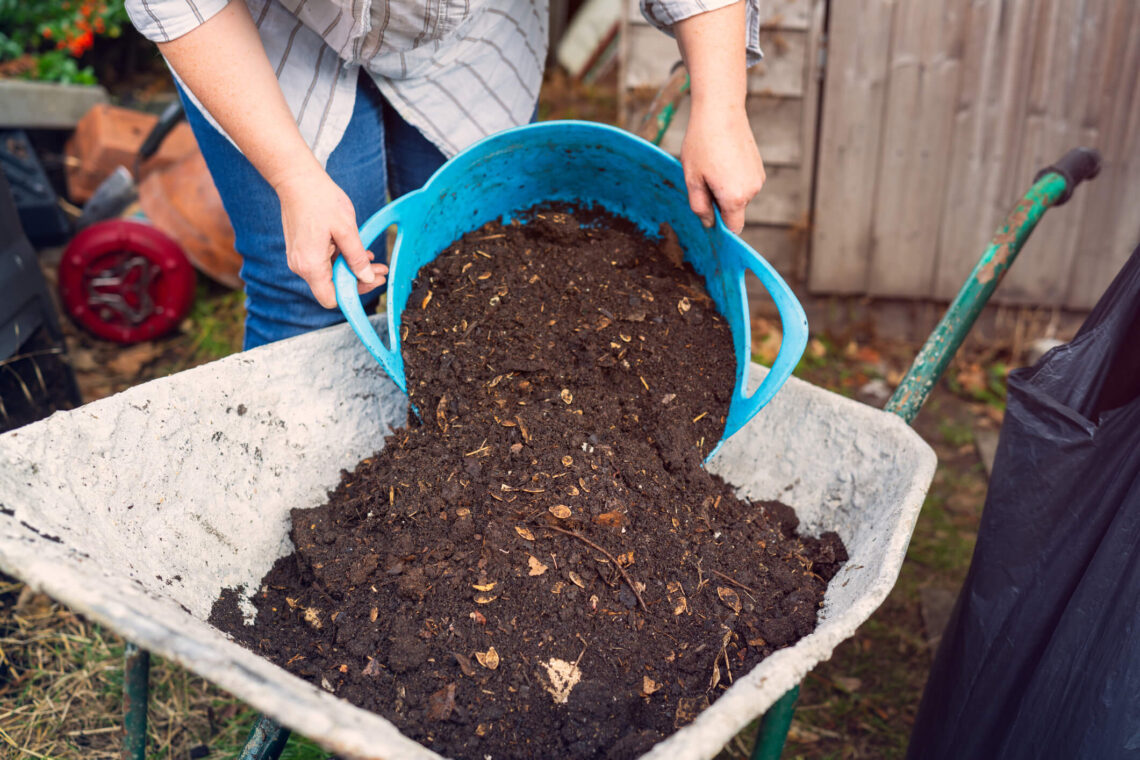Composting and mulching are not only environmentally friendly practices but also incredibly beneficial for your garden. By utilizing green waste and turning it into valuable compost and mulch, you can nourish your plants and improve the overall health of your soil. In this article, we will explore the basics of composting, delve into the science behind it, and learn about the art of mulching.
Understanding the Basics of Composting
Composting is the process of decomposing organic materials, such as kitchen scraps, yard waste, and plant debris, into nutrient-rich compost. The green waste removal Sydney process these waste end result is a dark, crumbly substance that can be used as a soil amendment and fertilizer.
Composting is not just a way to reduce waste; it is a natural and sustainable method of recycling organic matter. By diverting kitchen and garden waste from landfills, composting helps to reduce greenhouse gas emissions and minimize the strain on our waste management systems.
What is Composting?
Composting is the natural decomposition of organic matter through the activity of microorganisms. These microorganisms, including bacteria, fungi, and earthworms, break down the organic materials into simpler compounds, releasing nutrients and creating a nutrient-rich soil amendment. Learn more about how to properly handle green waste.
The process of composting involves four main components: carbon-rich materials (known as browns), nitrogen-rich materials (known as greens), water, and oxygen. The carbon-rich materials provide energy for the microorganisms, while the nitrogen-rich materials provide the necessary nutrients. Water and oxygen are essential for the microorganisms to thrive and carry out the decomposition process effectively.

The Importance of Composting
Composting offers numerous benefits for both the environment and our gardens. Firstly, it reduces waste by diverting organic materials from landfills, where they would produce methane, a potent greenhouse gas. By composting, we can help mitigate climate change and reduce our carbon footprint.
Furthermore, composting enriches the soil by improving its structure and increasing its water retention capacity. The organic matter in compost helps to create a porous soil structure, allowing for better aeration and drainage. This, in turn, promotes healthy root growth and enhances the overall health and productivity of plants.
Compost also acts as a natural fertilizer, providing essential nutrients for plants. It contains a balanced mix of macronutrients (such as nitrogen, phosphorus, and potassium) and micronutrients (such as iron, zinc, and manganese) that are necessary for plant growth and development. By using compost, gardeners can reduce their reliance on synthetic fertilizers, which can be harmful to the environment and human health.
In addition, compost has the ability to suppress plant diseases and pests. It contains beneficial microorganisms that compete with harmful pathogens, reducing the risk of plant infections. This can help reduce the need for chemical pesticides, promoting a more environmentally friendly and sustainable approach to gardening.
Different Types of Composting
There are various methods of composting, each with its own advantages and considerations. One common method is aerobic composting, which involves turning and aerating the compost pile regularly to provide oxygen for the microorganisms. This method is suitable for larger-scale composting operations and can produce compost relatively quickly.
Another method is anaerobic composting, which occurs in the absence of oxygen. This process is slower and requires less maintenance compared to aerobic composting. However, it may produce a stronger odor and can take longer to produce usable compost.
Vermicomposting, on the other hand, involves the use of earthworms to break down organic matter. These worms consume the organic materials and excrete nutrient-rich castings, which serve as a valuable soil amendment. Vermicomposting is ideal for small-scale composting, such as in home gardens or indoor settings.
When choosing a composting method, it’s important to consider factors such as available space, time commitment, and the types of materials you have on hand. By selecting the right method for your needs and resources, you can effectively and efficiently turn your organic waste into valuable compost.
The Science Behind Composting
Composting is a complex biological process that involves the active participation of microorganisms. These tiny creatures, such as bacteria, fungi, and protozoa, break down organic matter into simpler components through a series of chemical reactions.
Microorganisms play a crucial role in composting. They break down the organic matter, releasing nutrients and energy in the process. Bacteria are responsible for the initial decomposition, while fungi break down tougher materials. Protozoa and nematodes consume bacteria and fungi, further breaking down the organic matter.
But how exactly does the composting process work? Let’s take a closer look.
The Role of Microorganisms in Composting
Microorganisms are the unsung heroes of composting. They are the driving force behind the decomposition of organic matter. Bacteria, in particular, are the first responders in the composting process. They rapidly multiply and begin breaking down the organic material, converting complex compounds into simpler forms.
As the bacteria do their work, fungi join in the action. These filamentous organisms have the ability to break down tougher materials, such as cellulose and lignin, which bacteria struggle to decompose. Fungi play a crucial role in breaking down plant debris, like leaves and woody materials, making them more accessible to other microorganisms.
Protozoa and nematodes, on the other hand, are the consumers in the composting ecosystem. They feed on bacteria and fungi, further breaking down the organic matter and releasing valuable nutrients. These microscopic predators play a vital role in maintaining a balanced and healthy compost pile.

The Composting Process: A Step-by-Step Guide
Composting involves four major stages: preparation, active composting, maturing, and curing. Each stage requires specific conditions and management techniques to ensure optimal decomposition. Understanding the process is key to successful composting.
1. Preparation: This stage involves gathering the right materials for composting. It is important to have a good mix of “green” materials, such as fresh grass clippings and kitchen scraps, and “brown” materials, like dried leaves and twigs. The ideal carbon-to-nitrogen (C/N) ratio for composting is around 30:1.
2. Active Composting: Once the materials are collected, they are mixed together and placed in a compost bin or pile. The pile needs to be regularly turned or aerated to provide oxygen to the microorganisms. Moisture levels should be maintained at around 50-60% to keep the microorganisms active.
3. Maturing: During this stage, the compost pile undergoes a transformation. The temperature inside the pile rises as the microorganisms break down the organic matter. This heat kills weed seeds and pathogens, making the compost safe to use. The pile should be turned regularly to ensure even decomposition.
4. Curing: The final stage of composting involves letting the pile sit undisturbed for several weeks or months. This allows the compost to stabilize and mature further. Curing also helps to eliminate any remaining odors and ensures a rich, dark, and crumbly finished product.
Factors Affecting the Composting Process
Several factors influence the composting process, and understanding them is essential for successful composting:
1. Temperature: Microorganisms thrive in a temperature range of 110-160°F (43-71°C). The heat generated during active composting helps to accelerate decomposition and kill weed seeds and pathogens.
2. Moisture: Adequate moisture is crucial for the survival and activity of microorganisms. The compost pile should be moist, but not waterlogged, with a moisture content of around 50-60%.
3. Oxygen: Microorganisms require oxygen to carry out aerobic decomposition. Turning the compost pile regularly helps to provide the necessary oxygen and prevent anaerobic conditions, which can lead to unpleasant odors.
4. C/N Ratio: The carbon-to-nitrogen ratio (C/N ratio) of the materials being composted affects the rate of decomposition. A C/N ratio of around 30:1 is ideal for efficient composting. Green materials, such as fresh grass clippings, have a high nitrogen content, while brown materials, like dried leaves, provide carbon.
By managing these factors properly, composters can create an optimal environment for microorganisms to thrive, resulting in faster and more efficient decomposition.
Composting is not only a sustainable way to manage organic waste but also a fascinating process that showcases the power of nature’s recyclers. Understanding the science behind composting allows us to harness the potential of microorganisms and create nutrient-rich compost for our gardens and landscapes.
The Art of Mulching
Mulching is the practice of covering the soil surface with a layer of organic or inorganic material. This layer helps retain moisture, suppress weeds, regulate soil temperature, and improve soil fertility.
When it comes to gardening, mulching is more than just a simple task. It is an art that can transform your garden into a lush and thriving oasis. By understanding the ins and outs of mulching, you can unlock the full potential of your plants and create a beautiful landscape.
What is Mulching?
Mulching involves placing a protective layer over the soil around plants. This layer can consist of organic materials like straw, wood chips, or compost, as well as inorganic materials like stone or plastic. The choice of mulch depends on various factors such as the type of plants, climate, and personal preferences.
Organic mulches, such as straw or wood chips, offer numerous benefits to your garden. They break down over time, adding valuable nutrients to the soil and improving its structure. Inorganic mulches, on the other hand, provide long-lasting weed suppression and help conserve moisture in the soil.
Benefits of Mulching
Mulching has numerous advantages that go beyond the surface level. One of the primary benefits is moisture conservation. By creating a protective layer over the soil, mulch reduces evaporation, allowing plants to access water for a longer period. This not only saves you time and effort but also promotes healthy root growth and reduces the risk of drought stress.
In addition to moisture conservation, mulch acts as a natural weed suppressant. Weeds are notorious for stealing nutrients and sunlight from your plants. However, by applying a thick layer of mulch, you can smother weed growth and minimize the need for back-breaking weeding sessions.
Another significant advantage of mulching is its ability to regulate soil temperatures. During hot summer months, mulch acts as an insulating barrier, keeping the soil cool and protecting plant roots from heat stress. In colder seasons, mulch acts as a blanket, providing insulation and preventing extreme temperature fluctuations that can damage delicate plants.
Furthermore, mulch improves soil fertility by gradually breaking down and releasing essential nutrients. As the organic mulch decomposes, it enriches the soil, creating a nutrient-rich environment that promotes healthy plant growth. This natural fertilization process reduces the need for synthetic fertilizers, making mulching an eco-friendly choice.

How to Properly Mulch Your Garden
Proper mulching techniques are essential for reaping the maximum benefits. Before mulching, it is crucial to prepare the soil properly. Remove any existing weeds or grass, ensuring a clean surface for the mulch. Additionally, make sure the soil is adequately moist to promote optimal plant growth.
When applying mulch, take care not to bury the stems of your plants. Leave a small space around the base of each plant to allow for proper air circulation and prevent rotting. The ideal thickness of mulch depends on the type of material used. Generally, a layer of 2-4 inches is recommended for organic mulches, while inorganic mulches may require a thinner layer.
As time passes, the mulch will break down and lose its effectiveness. It is important to monitor the thickness of the mulch and replenish it as needed. Regularly inspect your garden and add more mulch when you notice it thinning out. This will ensure that your plants continue to benefit from the advantages of mulching throughout the growing season.
In conclusion, mulching is a vital practice that can transform your garden into a thriving and beautiful space. By understanding the art of mulching and implementing proper techniques, you can create an environment that promotes healthy plant growth, conserves water, suppresses weeds, regulates soil temperature, and improves soil fertility. So, grab your mulch and get ready to unleash the full potential of your garden!
From Green Waste to Garden Gold
With a better understanding of composting and mulching, you can now turn your green waste into valuable resources for your garden.
Identifying Suitable Green Waste for Composting
Not all waste is suitable for composting. Knowing which materials are suitable and understanding the carbon-to-nitrogen (C/N) ratio is vital for a successful compost pile. Common compostable green waste includes kitchen scraps, grass clippings, leaves, and plant trimmings.
Turning Your Kitchen Scraps into Compost
Kitchen scraps, such as fruit and vegetable peels, coffee grounds, and eggshells, are excellent additions to your compost pile. However, certain items, like dairy products, meat, and oily foods, should be avoided as they can attract pests or create unpleasant odors.
Using Compost and Mulch in Your Garden
Once your compost has matured and turned into dark, crumbly soil, you can spread it around your garden beds or mix it with existing soil. Additionally, apply a layer of mulch over the soil surface to provide further benefits and protection for your plants.
By embracing the art of composting and mulching, you can transform your green waste into “garden gold.” These sustainable practices not only benefit your plants and soil but also contribute to a greener and healthier planet.
